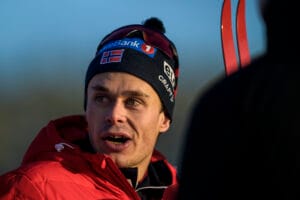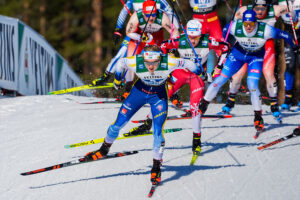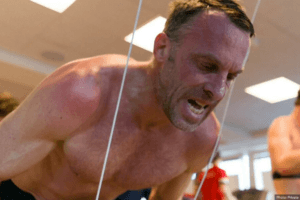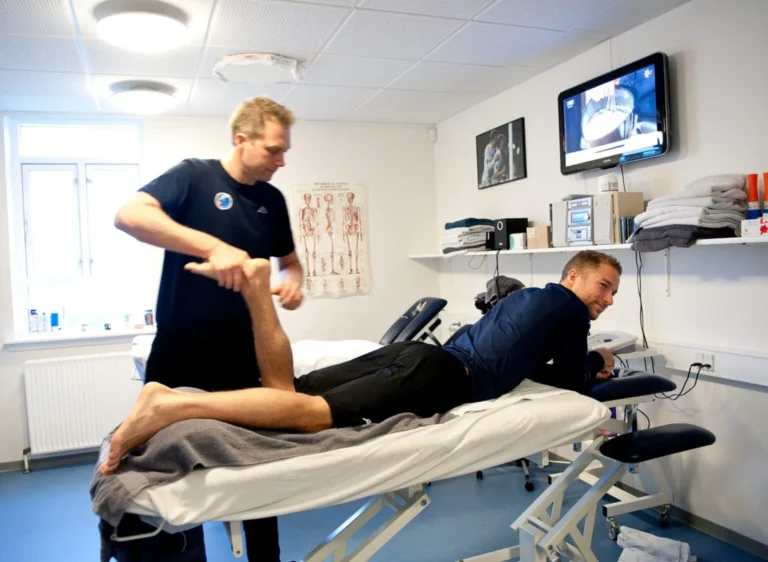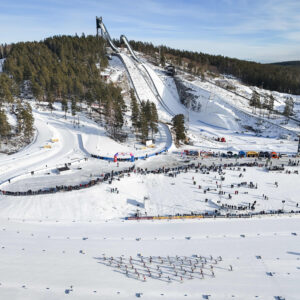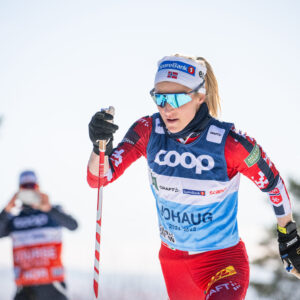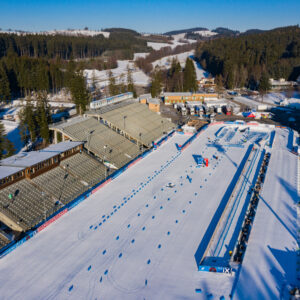Vasaloppet: A measure of strength
As the iconic Vasaloppet approaches, the focus intensifies on the crucial role of strength, beyond endurance and skill, in conquering the arduous 90km journey from Sälen to Mora.
Vasaloppet Strength Training
As Vasaloppet, one of the most grueling long-distance cross-country ski races in the world, draws near, competitors and enthusiasts alike are buzzing with anticipation. The race, steeped in tradition and challenge, calls for not just skill and stamina but an often-overlooked component: strength. In an exclusive insight, strength training expert Martin Sundqvist sheds light on the pivotal role of strength in clinching the victory in the 90 kilometers from Sälen to Mora.
“Anyone who wants to win Vasaloppet needs a very high maximum strength for two reasons: endurance and speed in the finishing sprint,” explains Sundqvist. This statement underpins the race’s harsh reality: the winner’s crown does not rest on endurance alone but on the surging power of their muscles when it matters most.
The importance of maximum strength, according to Sundqvist, lies in its ability to conserve energy. “The maximum strength has to be so high that even when double poling uphill, the athlete uses only 50% or less of his/her maximal force production.” This efficiency is what separates the elite from the average, ensuring that other factors, such as technique and mental fortitude, become the limiting factors, not sheer muscle exhaustion.
Read More: Vasaloppet training tips: Who says there are no shortcuts?
What muscles should you be training for Vasaloppet?
But which muscles should an aspiring Vasaloppet champion train? Sundqvist points to the hip flexors, abs, lats, delts, and triceps as the keystones of skiing strength. “Do hanging leg-raise for these,” he suggests, also emphasizing the significance of targeted exercises like chin-ups and push-ups in building the necessary power.
The bespoke nature of strength training is highlighted as Sundqvist advises athletes to “evaluate your personal weak link and focus on that,” ensuring that each competitor’s regimen is as unique as their stride.
Benchmarking for Strength Training
Tracking progress in strength is as crucial as the training itself. Sundqvist offers a tangible benchmark for competitors: “The best long-distance skiers can do chin-ups with 40-50 kg in addition to their body weight.” This metric not only provides a goal but also underlines the importance of weighted exercises over mere repetition, a common pitfall in training regimes.
Indeed, misconceptions about strength training abound, and Sundqvist is quick to debunk them. “A very common mistake is to do many repetitions with low resistance to build endurance,” he warns.
This approach, he argues, is misguided for endurance athletes, asserting that “3-5 heavy repetitions on most exercises will increase strength without adding too much muscle mass,” a crucial balance for long-distance skiers who rely on a blend of strength, endurance, and agility.
As the snow settles and the tracks await the flurry of competitors, Martin Sundqvist’s insights offer a last-minute guide to those looking to leave their mark on the Vasaloppet trails. Strength, often overshadowed by the more visible endurance, emerges as the silent champion in the quest for victory.
As athletes across the globe converge on the starting line, it’s clear that the race will be a testament not just to those who can endure the longest but to those who have built the power to break away from the pack when victory is in sight. One thing is sure: Vasaloppet is more than a test of endurance; it is a measure of strength.
This article was originally written last year and has been republished today.
Are you interested in training for long-distance and traditional cross-country skiing? Click HERE and read more about it.

